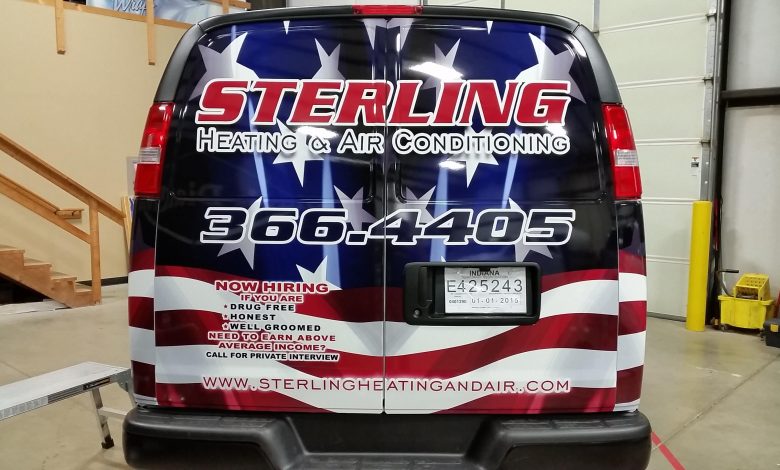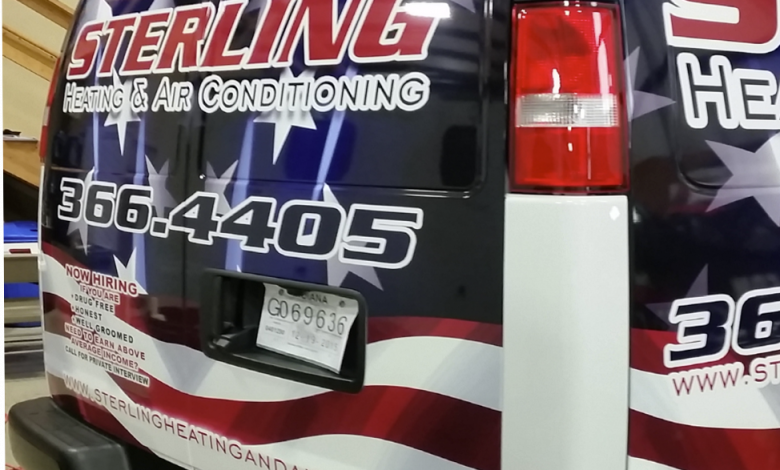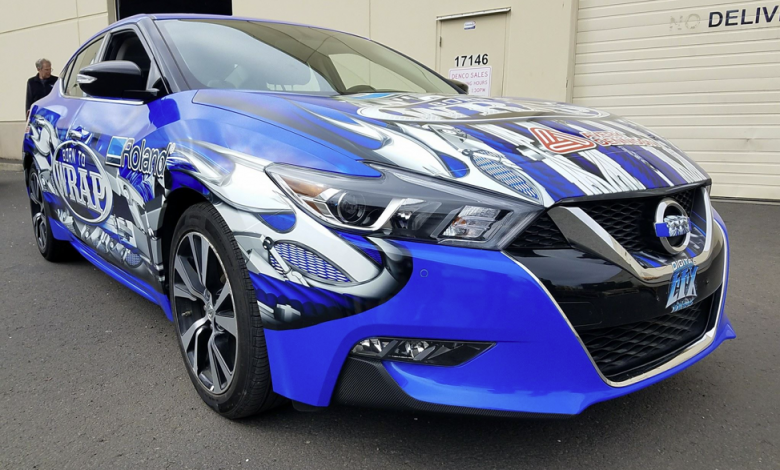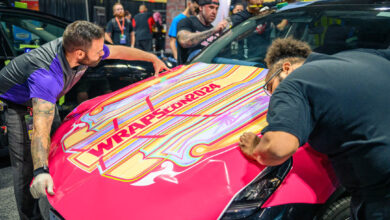Where to begin … all vehicles are different and each customer’s needs and design specs are going to vary. So how do I know when and where to use an overlay on a full wrap or print-out graphic to my advantage? When you have a designer who can wrap and who understands the do’s and don’ts of a smooth installation, your production time and install times will get faster.
The art of your design skills truly comes out when you achieve a wrap-around look on the vehicle that would be super difficult free styling with large wrap kits by stretching and heating only. We all know of the notorious fade to a color before a body break, but some cars bumper/hood/fender body lines fall in random places, creating a lot of dead space or areas that may seem unbalanced. Some common difficult areas:
- Hood to fender art
- Bumper to fender wrap-around
- Side graphics/stripes that wrap around rear
We all have the same tools, printers and wrap vinyl that help, but the only thing that sets you apart from everyone else is your art and the finishing of your wrap. First, the artwork needs to be clean, effective, readable and a successful marketing image for your customer’s product and service. Second, anyone can get a wrap on, but is it on straight, with no wrinkles or bubbles, and most importantly are the finished lines and edges clean and secure?
The main reason I use certain overlay techniques is solely to speed up installations, production and ease of kit assembly for a variety of installers with different skill levels. Keep in mind that certain pieces need to go on first for proper outcome.
Sometimes both sides need to be exact on placement; other kits may need some clever knife-work to achieve on the fly. A lot of super sneaky kits are cut on hard lines I have created in my artwork, knowing what I had planned ahead of time. Last and most importantly, make sure you charge properly for the wrap puzzle pieces you have created.
Another Common Overlay (Represented starting with the blue vehicle photos, below)
So lets talk about another very common overlay I use all the time to achieve a wrap-around look on the front of any vehicle. Two basic steps are involved:
- Step 1-Use a solid color or digital print pattern for the entire bumper wrap that you will install first.
- Step 2-When the side is installed it is usually trimmed on a hard line of the kit that will lay over onto the bumper that you just wrapped.
Sometimes you have to dry fit the wrap so you can see the fender to make sure you cut the excess kit that falls onto the bumper. This can be done more safely by doing a pre-cut after you dry fit.
Conclusion
A lot of very similar wrap moves and techniques are used in the color change world using knifeless tape and proper planning of seams and finishes. Hopefully, as you browsed through these techniques you found them helpful and learned some that can be used on your next project to achieve a cool wrap-around effect. Good luck, and keep wrapping!

















